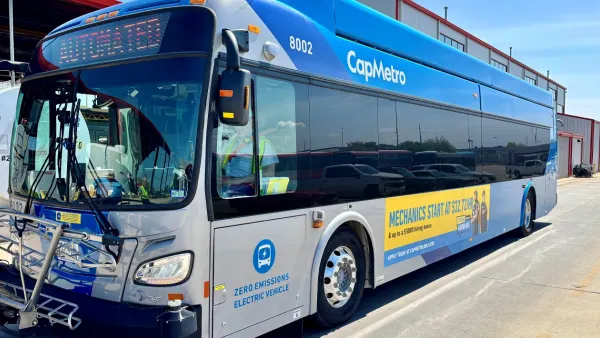Dive Brief:
- 5G network capabilities and efficiencies could boost autonomous vehicle (AV) safety, according to market research from Gartner.
- 5G's reliability and low latency, or ability to process incredibly high volumes of data with nearly no delays, make it ideal for advanced safety features such as the ability for a human operator at a different location to take over driving control if an AV faces conditions it cannot navigate.
- Because AV operation will be a data-intensive endeavor, 5G networks' estimated 10 times more efficient operations over 4G creates a host of opportunities for communication service providers to partner with AV manufacturers on data processing and management, in addition to safety.
Dive Insight:
5G hasn't even launched yet and already it has a reputation for lifting technology to the next level. It's commonly considered the future backbone of smart cities technologies, including artificial intelligence. Along those same lines, experts view 5G as a major factor that will help AVs run smoothly, considering their operation is so data intensive and relies on connectivity.
Despite the ongoing talk about 5G's influence on the emergence of AVs, some reports have been rather ambiguous and haven't specifically addressed how such influence could occur. Gartner's research digs deeper into the possibilities and provides concrete examples of potential safety features, such as the ability for a remote human operator to take over driving control.
Gartner even speculates that in the future, industry regulators might mandate all driverless vehicles have this type of remote control feature as a key safety measure, thus creating opportunities for 5G network providers and AV manufacturers to collaborate. That being said, the research company projects 5G will only offer limited benefits during its infancy and will need time to mature into its full potential.
This research is well timed when considering all the attention to AV safety at the moment. An Uber AV struck and killed a pedestrian in Tempe, AZ earlier this year, raising numerous safety questions and prompting Uber to suspend its AV research and testing in Arizona, as did Toyota at some of its testing locations. Some cities including Boston also halted driverless vehicle tests on their public roads.
Discussions about AV safety had been occurring even before the Tempe accident occurred, and they've further intensified since then. More than two dozen stakeholders formed a coalition requesting increased national oversight of AVs, especially on safety standards, from the federal government and more than 100 companies pushed the U.S. Senate for action on an AV safety bill. There could be movement on legislation soon.
Those measures and others show the desire of stakeholders and the public to get ahead of the issue and make sure safety measures are in place and standards are met before AVs gain prevalence. It could be more difficult to implement safety measures after driverless vehicles have a strong presence and the public's habits are set and minds are made up. Likewise, the Gartner report recommends 5G service providers collaborate now with AV manufacturers to ensure that both sides progress together and integrate their technologies instead of trying to fit the pieces together when both technologies are more advanced.












